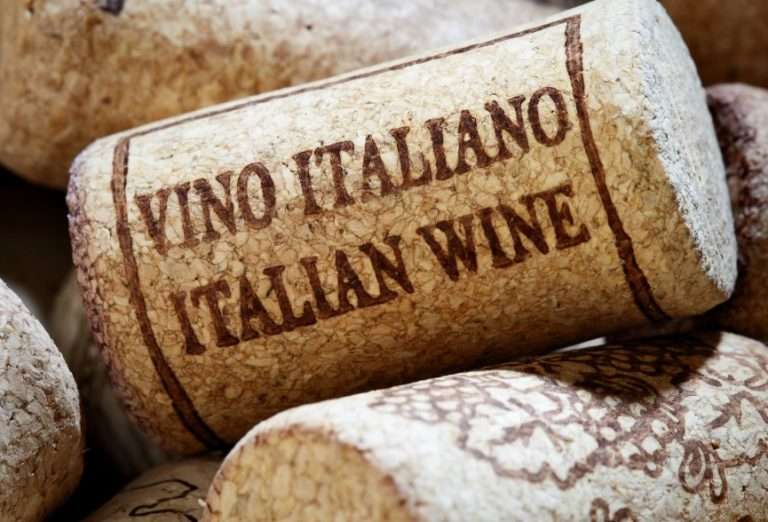French Bread vs. Italian Bread: What’s the Difference?
In this blog post, we’ll look at French bread vs. Italian bread, exploring the main differences between the two and what makes each type of bread so particular.
When it comes to European bread, French bread and Italian bread are two of the most famous types. Both countries have a long history of bread-making and have developed their unique bread-making traditions.
History of French Bread and Italian Bread
To understand the differences between French bread vs. Italian, it’s essential to look at the history of each.
French people have a long history of bread-making, with bread being a staple food for centuries in France. The French Revolution of 1789 significantly impacted French bread-making, as it led to the formation of the “boulangerie” or bakery trade, which is still regulated by French law to this day.
Traditional French bread is made with wheat flour, water, yeast, and salt. It is known for its long, thin shape and hard crust, achieved by baking the bread at high temperatures in a steam-injected oven.
French bread is often sold at bakeries or the grocery store. It is available in various forms, including the traditional baguette and the pain de champagne, which has a round shape.
On the other hand, Italian bread has a long history dating back to ancient Rome. Italian bread is traditionally made with wheat flour, water, and yeast and is often baked in a flat stone oven.
One of the most popular types of Italian bread is the focaccia, known for its soft interior and crispy crust. Italian bread is often sold in loaves at bakeries or grocery stores. It is available in various shapes, including long loaves and ring-shaped bread.
Suggested Read: 100 Most Interesting Italian Food Facts You’ll Love
Types and Characteristics of French Bread vs Italian Bread
French bread and Italian bread come in a wide variety of forms, each with its own unique characteristics. Here are some of the most popular types of French bread and Italian bread:
French Bread Types

- Baguette: This is the most popular type of French bread known for its long, thin shape and hard crust.
- Pain de campagne: This is a rustic, country-style bread with a chewy texture and a slightly sour taste.
- Peasant bread: This bread is made with a mixture of wheat and rye flour and has a dense, chewy crumb.
- Brioche: This sweet, buttery bread is popular in France, known for its light and fluffy texture and golden brown crust.
- Pain de mie: This French bread is baked in a rectangular loaf pan, resulting in a soft and tender crumb perfect for making sandwiches.
- Sourdough bread: One of the most popular breads worldwide, known for its unique and sour aftertaste and crispy exterior, the Sourdough bread was first made in France and is traditionally made with an aged start yeast called sourdough leaven.
Italian Bread Types

- Traditional Italian bread: This is a simple, basic lean dough bread with a soft interior and a crispy crust.
- Focaccia bread: This flatbread has a soft, chewy texture and a savory flavor. This soft bread is often topped with olive oil and other ingredients.
- Piadina: This soft crumb Italian flatbread is cooked on a hot plate and filled with savory ingredients.
- Ciabatta: This Italian bread has a porous texture and a chewy crust. It is often used for making sandwiches and is a popular choice for paninis.
Did you know? There are such things as gluten-free Italian bread. Here’s a great gluten-free Italian bread recipe to try at home.
Differences in Ingredients and Preparation
French bread vs. Italian differ in their shapes and types, ingredients, and preparation methods. French bakers typically use wheat flour, water, yeast, and salt to make their bread.
In contrast, Italian bakers often add olive oil to their dough to give it a softer texture and a noticeably sweeter flavor. French bakers also use a wetter dough and a longer fermentation time, which creates a chewy crumb and a hard crust.
On the other hand, Italian bakers use a more traditional lean dough that requires less water and has a shorter fermentation time. This results in a softer, more tender crumb and a crispy crust but not as hard as French bread.
Italian bread is also known for using local ingredients, such as typical Italian herbs and cheeses, which add flavor and character to the final product.
Regional Variations and Specialties

France and Italy have a rich bread-making tradition, with regional specialties and variations adding to the diversity of bread available in each country.
In France, there are many different types of bread, each with unique characteristics. For example, in the northern regions of France, rye bread is popular, while country bread is more common in the south.
In addition, many different types of savory bread are available in France, such as the popular brioche bread, a sweet, buttery bread often eaten for breakfast or as a dessert.
In Italy, there are also many different regional specialties and bread variations. For example, the pane casareccio from Tuscany is a traditional Italian bread made with a mixture of wheat and rye flour with a chewy texture and a crisp crust.
Whole Grain vs. White Flour: What’s the Difference?

When making bread, one of the biggest decisions bakers must make is choosing the right type of flour. Two of the most common types of flour are whole grain and white flour.
Whole grain flour is made from the wheat grain’s entire kernel, including the bran, germ, and endosperm. This type of flour is rich in fiber, vitamins, and minerals and is known to have a nutty, hearty flavor. Whole grain bread is also denser and chewier than bread made with white flour.
On the other hand, white flour is made from just the endosperm of the wheat grain, which is the starchy part. This type of flour is lower in fiber and nutrients than whole grain flour and is known for its lighter texture and milder flavor. White flour bread tends to be softer and more delicate than bread made with whole grain flour.
Ultimately, the choice between whole grain and white flour will depend on personal preferences and the specific recipe used.
Choosing the Best Bread for Your Needs

When choosing the best bread for your needs, there are a few things to keep in mind. For example, a traditional baguette or pain de campagne may be the best choice if you want bread to pair with main courses.
On the other hand, if you are looking for bread to serve with soup or salad, a softer, more tender bread like Italian focaccia may be a better option.
It’s also important to consider the time of day and the occasion when choosing bread. For example, a French baguette is perfect for breakfast or brunch. At the same time, rustic Italian country bread may be better suited for a dinner party or a special occasion.
In conclusion, while French and Italian bread may seem similar at first glance, they each have unique characteristics and history.
French bread is known for its hard crust and chewy texture, while Italy is known for its softer crumb and savory bread.
By understanding the differences between these two types of bread, you can make an informed choice about which bread is best for your needs and preferences.
Suggested Reading:







